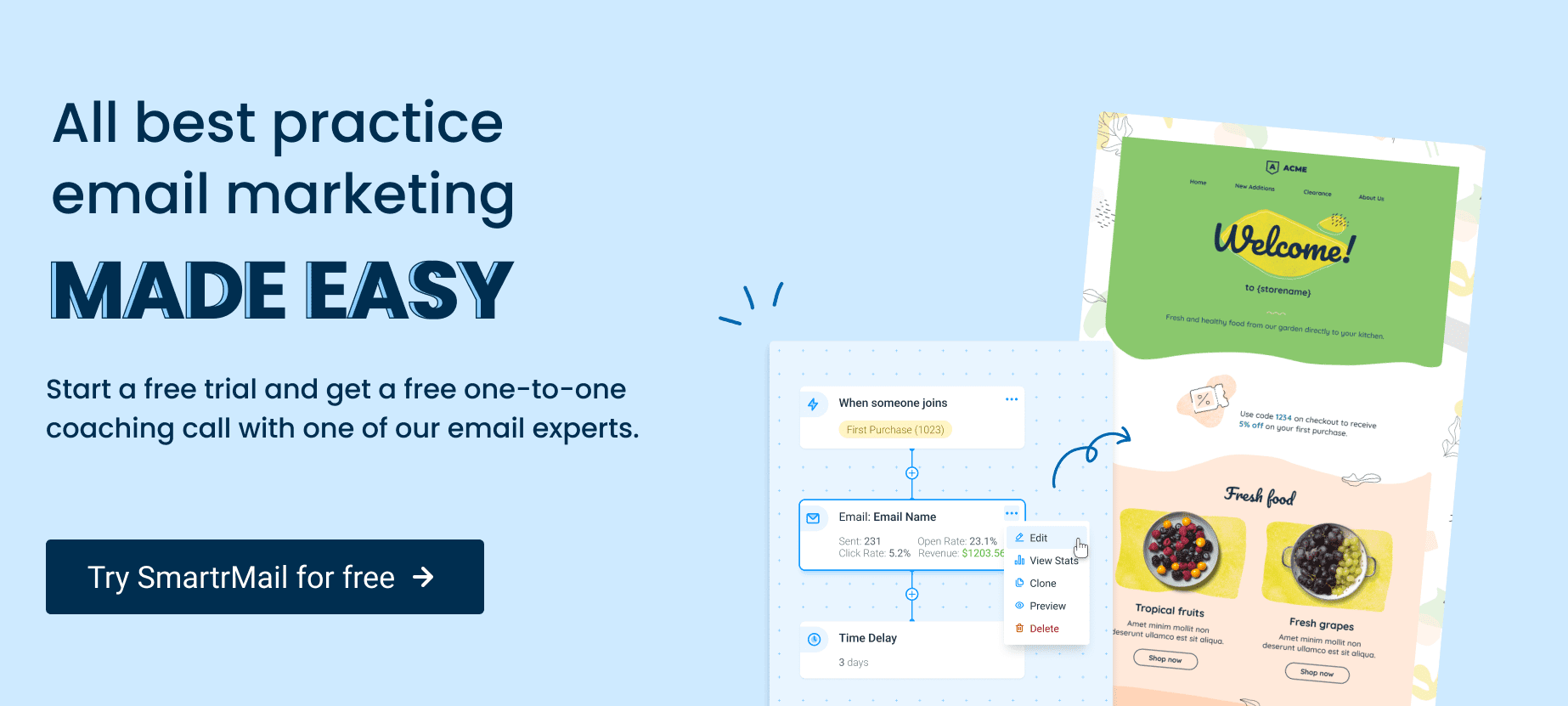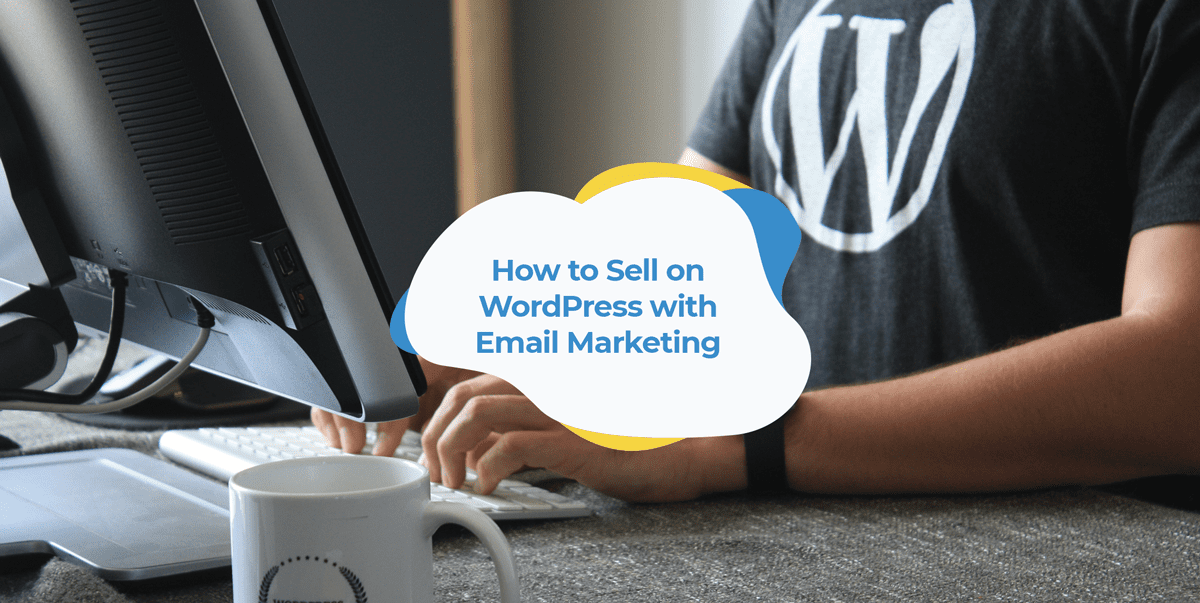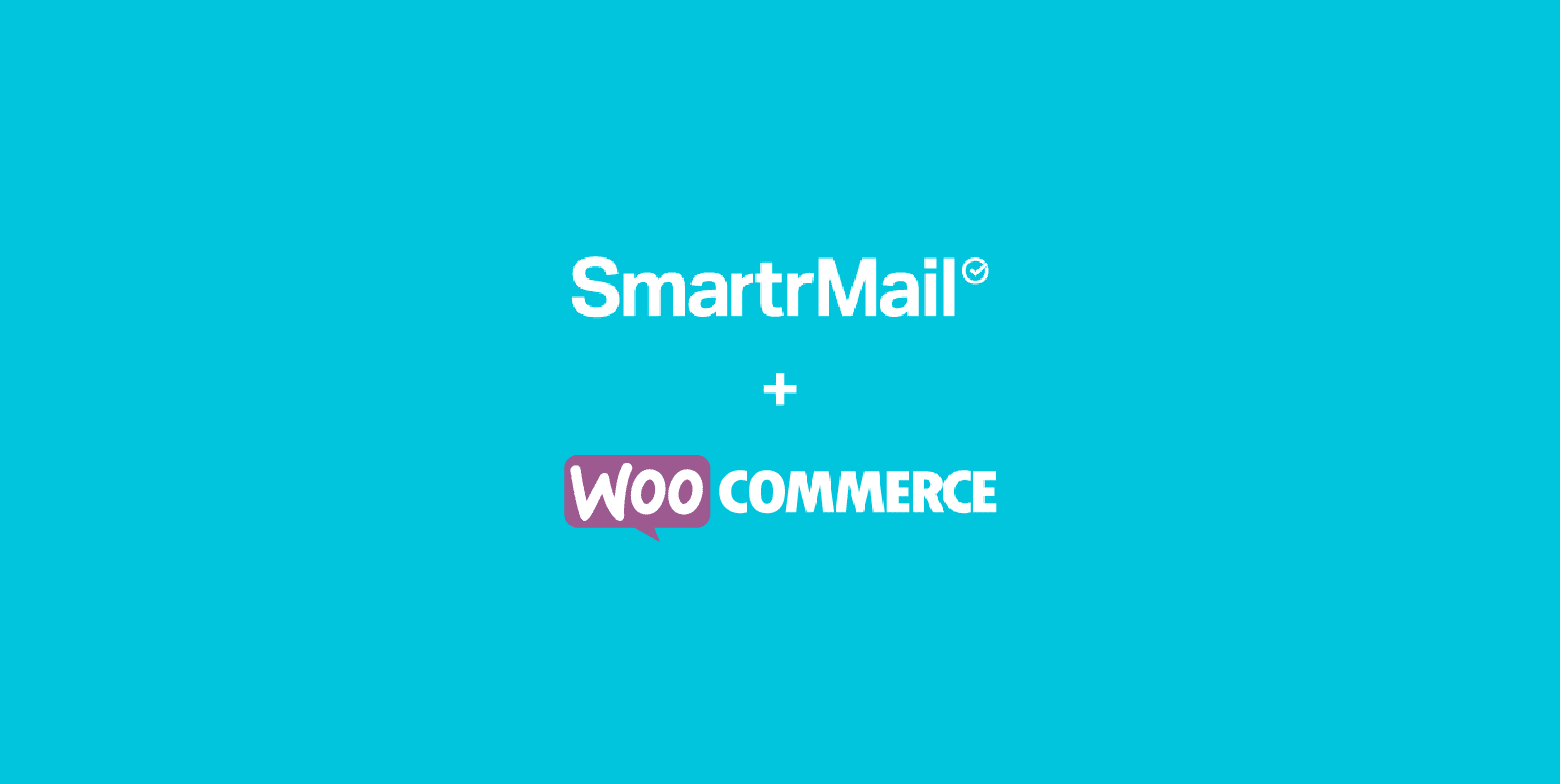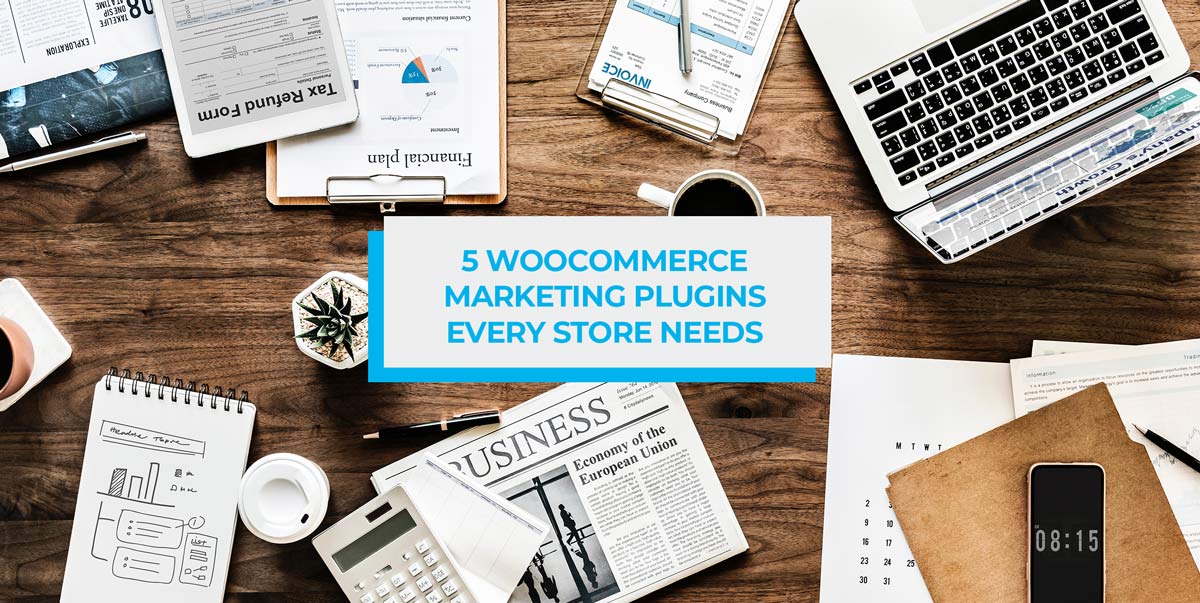There’s never been a better time to start selling things on your WordPress site.
With already significant momentum behind it, ecommerce has experienced yet another boom in popularity as COVID-19 has pushed people increasingly to shopping online.
The scale of this rise in popularity can be appreciated by observing global traffic to the top 2,000 online stores. This number more than doubled over a year and a half, going from 13.87 billion at the start of 2019 to 21.96 billion midway through 2020.
The significance of this boom can’t be overstated, with the events of last year causing traffic spikes that surpass even the most popular holiday seasons.
Many believe that this unprecedented comfort and familiarity with online shopping will persist even when the effects of COVID-19 diminish.
So, if you’ve had a strong idea for a product or service to sell online, now’s the time to take action.
But what’s the best way to execute your online store idea in 2021? What are the essential best practices for ecommerce success?
A potential route that thousands of non-technical people can successfully use and speed up WordPress to create an online store.
What is WordPress?
WordPress is a website creation tool and host — and it’s a pretty big one.
An astounding 40% of the web was built from the WordPress dashboard. It was initially designed as a blog creation tool, but now covers all kinds of websites.
WordPress caters to everything from gigantic fortune 500 companies to individual self-run blogs.
This platform can be thought of as a digital storefront, which requires a few pieces of external machinery to process sales.
Its popularity can be attributed in part to its broad ease-of-use and intuitive block-like design process. Users can also utilize a WordPress theme, which means a person with no coding experience can create a website to support their ideas without difficulty.
This democratization of store creation in today’s day and age is great, but it has also become increasingly difficult to compete effectively with so many players in the game.
This effect is magnified for smaller businesses. They can be easily driven out of competition by larger players with greater cash reserves who can withstand significant setup costs for longer.
So, what can you as a small business owner do to give yourself a greater chance of success?
A powerful tool in your arsenal is building a dedicated email subscriber list and executing a well-designed email marketing strategy.

Why do you need email marketing?
Email marketing is an extremely efficient marketing tool that suits the needs of smaller online stores well, thanks to its low setup and operating costs. It also features unmatched return on investment (ROI).
You may have heard it said that for every $1 spent on email marketing, $38 is returned in the form of revenue, which gives it an insane 3,800% ROI.
Additionally, there’s no upper limit with email. You can send unlimited emails to your subscribers at no additional cost if you so chose (…though we definitely don’t recommend this strategy).
So, a well-executed email strategy can put you on a level playing field with the big guys.
It’s also an extremely broad medium, which can be used for one or all of the following purposes:
- Advertise new products
- Engage with customers
- Build your brand
- Customer retention and loyalty
- Customer service
The list goes on. Email marketing should be at the core of your new WordPress site’s marketing strategy, not only for its incredibly efficient ROI, but for the range of outcomes it can offer you on the competitive battlefield.
It’s also something that can easily be implemented on the WordPress platform.
WordPress email marketing can be achieved with a simple WordPress plugin, of which there are many. But you want to find a plugin that allows for email newsletters, email automation, growing your email list with popups, and more. Such as SmartrMail.
With that in mind, let us present a set of tips and tricks to increase the effectiveness of your email marketing strategy outcomes.
4 Tips for your email marketing strategy to sell more on WordPress
1) Consider the value chain when designing your email marketing strategy
Businesses are nothing if not engineers of value.
The goal of business is to create an exchange system that provides value to the customer in a meaningful way, and value to the business in the form of revenue.
It’s useful when crafting your email marketing strategy to consider the value chain.
The notion of the ‘value chain’ was first proposed by Michael Porter in his book “Competitive Advantage,” to describe the primary and secondary activities a business goes through when creating value for customers.
Upon receiving an email from a company, most people rightly expect to gain something of value if they take the time to open and read it.
If the value exchange benefits you as a business without providing the same, if not more, value to your subscribers, it won’t be looked on favorably, or perhaps not opened at all.
This email from boutique clothing shop Little Joe Woman instantly tells readers from the subject line the value they can expect to receive “Transeasonal Styles You Need To See Now….. We’d Love To Send You A Gift!”. The reader knows from the subject that there is a freebie offered in the email.
The content of the email then goes on to offer three benefits to the reader for making an order:
- Free shipping on orders over $300
- A 15% discount using a promo code
- A free scrunchie with the order
This email is a prime example of providing value to the customer.
2) Offer a tangible price discount
While targeted, relevant content is a great engagement tool for email marketing, nothing steals the attention of a potential customer as much as a promotional discount marketing campaign.
Customers are always looking to save money, regardless of their demographic profile. That means price discounts are uniquely applicable to the entirety of your customer base.
3) Refine your email targeting with quizzes
When it comes to refining your email targeting, there is no one size fits all solution. What works for one business may not meet the needs of businesses that go beyond the simple buying and selling of goods.
Some business owners, such as marketing consultants, will find greater success with a more precise degree of personalization. That’s due to the broadly differing needs of each customer.
For example, including a quiz or questionnaire on your landing page is a great way to boost qualified lead generation.
Utilizing quizzes and assessments can capture website visitors’ attention as well as enable you to give valuable feedback guiding the visitor to the right product for him/her.
For example, you sell gardening material online. You offer a “garden test” on your homepage to let your visitors find out what “type of gardener” they are, and you redirect them to a product page that best suits their needs.
Imagine your respondent lives in an apartment and wants to brighten up his/her balcony. They would be redirected to completely different products than someone with a huge garden in the countryside. Create your test based on your different buyer personas, and let the test do the rest of the work. This way, you’ll guide your visitors to the right product page, making them more qualified leads.
Tools like Survey Anyplace make it possible to embed such tests really easily into your WordPress website.
4) Automate as much as possible
It may not seem like it at first, but email is ripe for automation.
If you construct a branded template for all your emails, you just have to connect your email app to your wordpress ecommerce plugin to give yourself a wide array of automated emails for the maximization of conversions and customer service quality.
Here are a few examples of email types that are suited to automation:
- Abandoned cart recovery emails: Automatically send an email to a customer who has put a product in their cart but didn’t follow through with a purchase.
- Cross-sell emails: Automatically send an email advertising a product from a collection that the customer has already engaged with or purchased.
- Welcome emails: Automatically send a personalized email welcoming a new sign-up or customer to your store or community.
- Flow-specific emails: Automatically send emails to customers at particular points in the sales funnel to encourage progression or purchase.
Start email marketing with WordPress
Armed with the knowledge contained in this guide, you have everything needed to embark upon a winning email marketing campaign using WordPress.
Needless to say, all of the above and more are features of SmartrMail’s email automation service, so be sure to check that out.
Now get out there and start generating returns with your emails.
Author bio
Dustin Howes owns an affiliate marketing agency that is dedicated to helping companies maximize their affiliate marketing efforts. Through group coaching and private consulting, Dustin teaches program managers how to recruit the right affiliates, optimize working hours, and how to take the growth of the program to the next level. Learn more affiliate marketing tips at dustinhowes.com.




